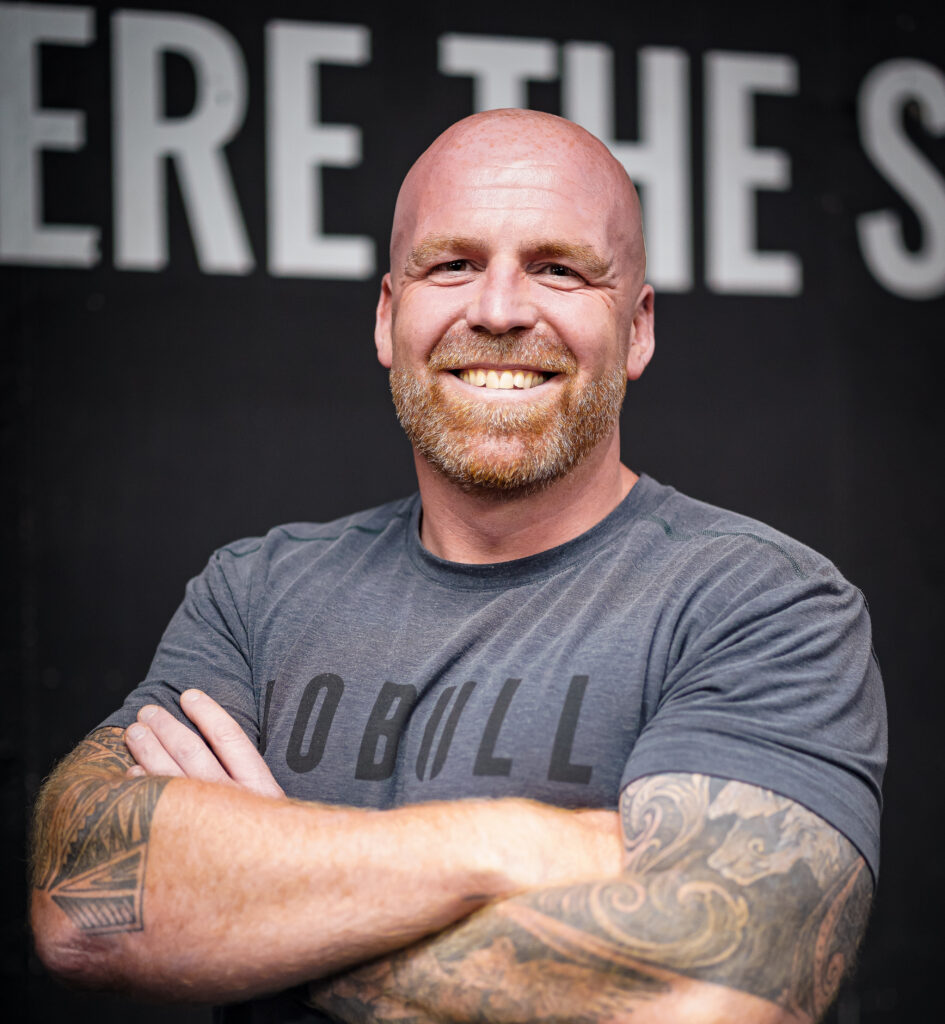We opened our first gym over a decade ago: today, we have five sites across London. It hasn’t been plaining sailing – we’ve made our fair share of mistakes and learned lots of lessons the hard way.
Here are five of the biggest mistakes to avoid when you’re opening a gym, whether you’re launching your first site or scaling to multiple facilities.
Mistake #1: Not doing market analysis
It’s tempting to find a facility that you love the look of, and dive in head first with a 10-year lease – only to find that the area doesn’t have many prospective clients that can afford your service – or that there’s a similar offering just down the road that’s dominating the local market.
Market analysis consists of demographic profiling of the local area (who lives there, how much they earn, how many of them can afford your service, and their wants and needs) as well as competitor analysis (what other fitness/leisure/wellbeing offerings are nearby, how strong they are, and how much they overlap with your own target population).
We pull this information together and perform a SWOT analysis of our own potential facility as well as our key competitors’ to give an overview of how viable the business is that specific area.
Mistake #2: Not doing pre-opening marketing and sales
One of the primary reasons that new businesses fail: they run out of cash. To avoid this, we need to hit breakeven as soon as possible, easing cashflow and getting us into the black ASAP.
For this to happen, we need to open the doors with as many members and/or trialists on the books as we can (within reason – our capacity is limited by staff and infrastructure), so we’re not starting at zero revenue when operating costs are already piling up.
A solid pre-opening marketing campaign, run side by side with a pre-opening sales push, allows us to hit the ground running and offset the costs of operating the business with income from day dot. What this looks like depends on your market (see Mistake #1), and should consist of a couple of simple but effective funnels to engage clients before we open the doors.
Mistake #3: Not pre-planning systems
Many of us who are aspiring to open a gym are currently PTs. This means we have the product (the coaching) down pat, but we’re often unprepared for the complexity and volume of dealing with members at a larger scale. The way to manage this: create simple but powerful systems that guide you – and any potential staff – to run the business efficiently and to a consistently high standard.
When we opened our first gym, all our operations were very ‘seat of the pants’ – there was a lot of trial and error, wasted resource, and unnecessary stress. More than a decade later, we help aspiring gym owners get the systems in place BEFORE they open the doors, eliminating these issues from the outset. Remember, when it comes to systems, there is sophistication in simplicity.
Mistake #4: Not mapping out the member journey
Another mistake we’ve seen a lot (and made) is not taking the time to understand and optimise a member’s experience of the service from their perspective. Before opening the doors, we need to do a ‘walkthrough’ of the customer’s journey through the business.
This starts with a walkthrough of the physical facility, from the pavement outside the front entrance to the quality of the toilet paper. But it extends to the sequence of contact points a client has with the business – from the UX of the website, to the automations and check-ins in their first 90 days, all the way through to their community and training experience as a long standing member.
It can be helpful to get someone else to review this for us as well as doing it ourselves – ‘fresh eyes’ often find gaps and inconsistencies more easily than someone who knows the business inside out.
Mistake #5: Not running the numbers
The gung-ho approach will only take us so far when it comes to running a successful business that’s more than just a job paying us a rockbottom wage. To make it through the first months and years – and yield the returns we want for our lives in the long term – we need to get to grips with the numbers.
A detailed business plan with a professionally produced financial model for the first five years of operating is a must. This gives us our breakeven point, a sense of cashflow (including any cash pinch points that might need to be bridged), and a timescale for profitability.
We can take this model and translate it to a series of simple KPIs for marketing, sales, retention, average member yield, and customer lifetime value. By measuring these metrics, we can keep our finger on the pulse of how the reality is measuring up against our assumptions and plans – and act accordingly.

Looking for a short cut to success when opening a gym?
Avoid these common mistakes (and a whole host of other pitfalls) with one-to-one coaching from JC Vacassin.
Drop us an email on holly@jcv.inc to find out more.
